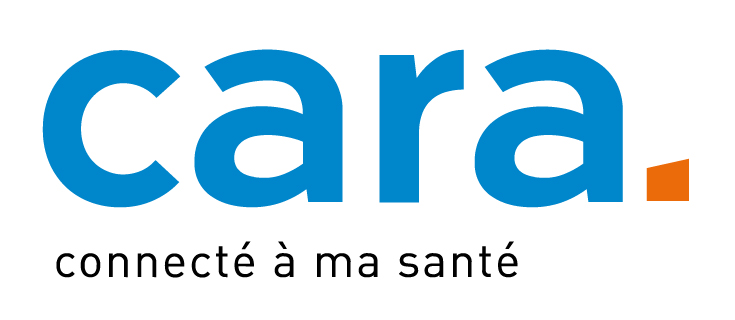The main pathologies treated are the following:
- Knee sprain
- Muscle injury
- Ankle sprain
- Shoulder dislocation
- Joint fracture
- Fracture of the long bones
- Fracture of the collarbone
- Tendinopathy
- Overload injuries
The Center for Musculoskeletal and Sports Medicine guarantees a perfectly coordinated care, irrespective of the pathology and facility a patient is initially sent to within HUG. At each stage, the patient benefits from a specialist's expertise.
Let's take the example of a knee sprain. The injured patient arrives in the Emergency Room or by making an appointment for a specialized consultation at HUG (knee trauma consultation, orthopedics and sports traumatology unit etc.), he or she is seen by a specialist who confirms the diagnosis through the necessary complementary examinations (x-ray, MRI). Depending on the severity of the injury, two care options are possible: either a conservative treatment followed by rehabilitation at Cressy or Beau-Séjour; or surgery and rehabilitation at a specialized unit. In both cases, joint and neuromuscular function tests are planned at Cressy - considered HUG's "off-site" sports medicine center - six to eight months after the injury.
With a muscular injury - also very common - care is optimized upon arrival in Emergency or calling to make an appointment for a sports medicine consultation. Initial examination, ultrasound or MRI as appropriate, treatment, rehabilitation and function testing will be part of the care pathway.
Coordinated care for all forms of injury related to sports or a physical activity means no situation is trivialized. From one end of the care itinerary to the other, professionals are aware that any injury can lead to reduced physical abilities or even a long-term disability. Therefore everything is done to ensure that each patient can receive optimal care in a timely manner, whether they are a professional athlete or an amateur occasionally taking part in recreational sports.
